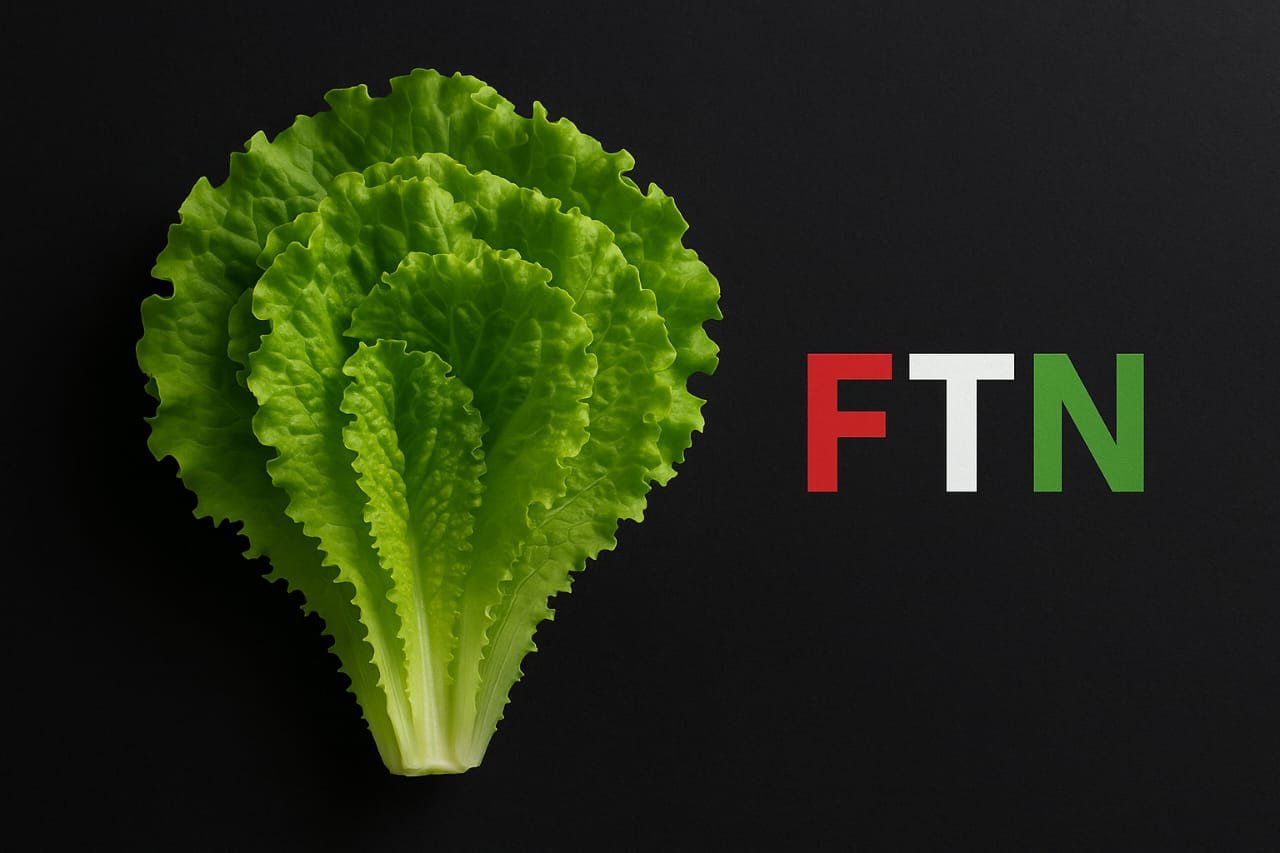🌱 A Brief History: Lettuce’s Journey to the American Plate
Lettuce has a rich history that stretches back over 5,000 years. Originally cultivated in ancient Egypt, it was prized not just as food but also for its medicinal properties. When European explorers set sail for the New World, they brought lettuce seeds along with them. By the 16th century, Spanish settlers had introduced the crop to the Americas, where it quickly adapted to new climates and growing conditions.
As colonies took root, varieties like Romaine, Butterhead, and Iceberg became staples in American gardens. By the 18th century, lettuce had earned its place in the American diet, appreciated for its crisp texture and refreshing taste.
Interestingly, Native American communities also relied on wild greens, including native lettuce species, for nourishment. During the Revolutionary War, lettuce proved to be a reliable food source during times of scarcity.
By the 20th century, advances in farming technology boosted lettuce production, making it a fixture in American grocery stores. Its growing association with clean eating and health-conscious lifestyles helped elevate its role in modern cuisine. Today, lettuce is more than just a salad green—it’s a symbol of wellness and simplicity, embraced by millions seeking a fresh approach to nutrition.
🥗 Nutritional Powerhouse: The Benefits of Eating Lettuce
Don’t let its light weight fool you—lettuce packs a nutritional punch. With only about 5 calories per cup, it’s a go-to food for those focused on weight management. But beyond its low calorie count, lettuce delivers impressive health benefits:
💧 High Water Content: At about 95% water, lettuce helps with hydration and contributes to skin health and digestion.
🦴 Vitamin K: Crucial for bone health and blood clotting.
👁️ Vitamin A: Supports vision and immune function.
🛡️ Vitamin C: Helps protect the immune system.
🧬 Folate: Supports cell growth and DNA formation—especially important during pregnancy.
Regular consumption of lettuce can promote better digestion, thanks to its fiber content, and may help reduce the risk of chronic diseases like heart disease and diabetes when included in a balanced diet.
🌿 Lettuce and the Rise of Modern Wellness Trends
Lettuce has become a cornerstone of today’s wellness culture, aligning with many of the health trends reshaping American eating habits:
🥬 1. Raw Food Diets
Raw food enthusiasts embrace lettuce for its natural state and nutrient density. It serves as a base for vibrant salads, wraps, and even green smoothies.
🥤 2. Green Juicing
Green juices featuring lettuce are now common in wellness communities. Blended with cucumbers, apples, or spinach, lettuce adds a mild flavor and essential hydration.
🥙 3. Meal Prep Culture
Meal prepping has made lettuce more popular than ever. It stores well, adds crunch to make-ahead meals, and pairs easily with proteins and grains for quick, healthy lunches.
🥗 4. Salad Bars & Organic Shopping
The explosion of salad bars across the U.S. is a testament to the nation’s love for lettuce. Many health-conscious consumers now opt for organic, pesticide-free greens from local farms.
📱 5. Social Media Influence
Thanks to platforms like Instagram and TikTok, lettuce has become a photogenic symbol of health. Creative salad recipes, wrap ideas, and lettuce-based bowls go viral, encouraging wider consumption.
🍴 Creative Ways to Enjoy Lettuce Beyond the Salad Bowl
If you’re tired of the same old salads, lettuce can still surprise you. Here are some delicious and innovative ways to make the most of this leafy green:
🌯 1. Lettuce Wraps
Replace tortillas with large Romaine or Butterhead leaves. Fill them with grilled chicken, veggies, beans, or tofu for a low-carb, gluten-free meal.
🧆 2. Lettuce Cups
Scoop savory fillings like seasoned ground turkey, shredded carrots, and herbs into lettuce cups. These bite-sized snacks are fun to assemble and perfect for parties or meal prep.
🍽️ 3. Wilted Lettuce Garnish
Lightly wilt lettuce in a warm pan and use it as a garnish for grilled fish or roasted meat. The heat softens the leaves and brings out subtle sweetness.
🍔 4. Burger Buns Substitute
Use crisp lettuce leaves as a bun alternative for burgers and sandwiches. This is a favorite trick for keto and low-carb eaters.
🥤 5. Lettuce Smoothies
Blend lettuce with pineapple, banana, and coconut water for a hydrating green smoothie packed with vitamins and fiber.
🧊 Buying, Storing & Preparing Lettuce the Right Way
To enjoy the best taste and texture, follow these simple tips:
Choose Fresh Heads: Look for vibrant greens with no brown or soggy spots.
Store Properly: Keep lettuce in the fridge, wrapped in a paper towel and placed in a breathable bag or container.
Wash and Dry: Rinse leaves thoroughly and dry completely before storing. This helps maintain crispness and reduces spoilage.
With proper care, lettuce can stay fresh for up to a week, making it perfect for weekly meal plans and healthy snacking.
🧘♀️ Final Thoughts: Lettuce and the American Wellness Lifestyle
From ancient Egyptian fields to modern American kitchens, lettuce has stood the test of time as a symbol of light, clean eating. It’s low in calories but rich in nutrients, making it a smart addition to any wellness-focused routine.
Its adaptability—whether in raw diets, meal-prepped dishes, smoothies, or gourmet recipes—has helped lettuce maintain its place at the table. Plus, with its budget-friendly price, it’s a health food accessible to all.
So whether you’re counting calories, boosting hydration, or just trying to eat more greens, lettuce is a simple and powerful choice. 🥬💚
Personal Take on the Video
This video offers a dynamic and visually engaging overview of lettuce’s many benefits—highlighting everything from insomnia relief to heart and brain health. It embraces both practical nutrition and lesser-known perks
Suggestions to Elevate the Video
Add Nutrient Callouts
Include quick pop-ups like:
“Vitamin K: great for bone strength”
“High water content for hydration”
Include Usage Examples
Show visual suggestions such as lettuce wraps, smoothies, or airy salads to bridge health benefits with real-life meals.
Highlight Lettuce Variety Benefits
Display simple overlays:
“Romaine: high in folate & vitamin A”
“Red leaf: rich in antioxidants”
Balance with Safety Note
A small on-screen message on the importance of thoroughly washing lettuce would add useful, trust-building context.
Add Sustainability Insight
A caption like “Low-cost, eco-friendly, perfect for meal prep” would reinforce your article’s practicality.

